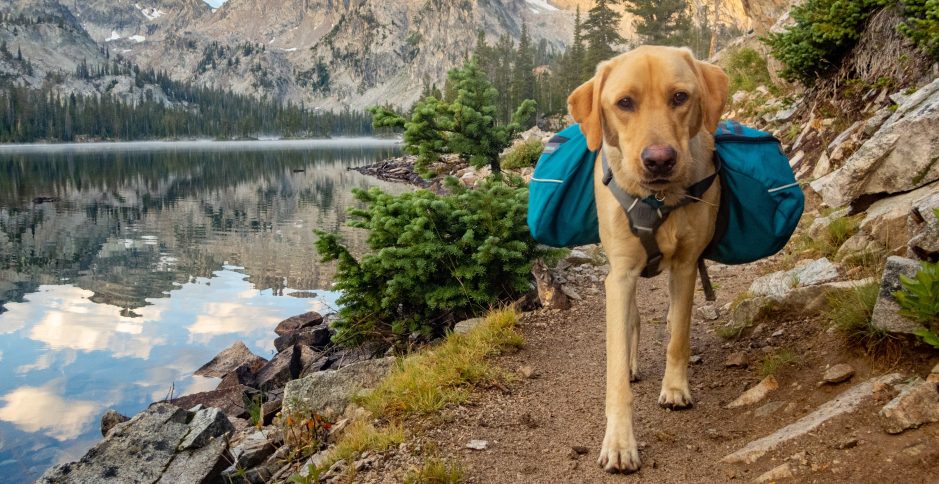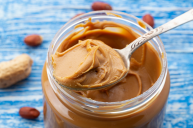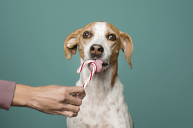We've likely all experienced the feeling of low blood sugar in our lives—the weakness, exhaustion, headache, and irritability are hard to miss. Also known as hypoglycemia, low blood sugar in nondiabetics typically happens if you don't fuel yourself properly, especially on a difficult hike or during a long day of hunting.
What you may not know, though, is that active dogs can also experience hypoglycemia, particularly when out in the field or if you take your dog camping.
Glucose, a type of sugar, is the main energy source for humans and dogs alike. Humans get glucose from a variety of foods, including fruits, whole grains, sugary treats, and processed foods, while dogs primarily get glucose from the carbs in their kibble. This means that a typical day of eating gives both you and your pup plenty of glucose for daily activities.
However, both of your body's demands for glucose increase during exercise, especially on an outdoor adventure where you may also be dealing with extreme temperatures, uneven terrain, and many hours on your feet. If you don't consciously replenish your glucose stores, or give your pup chances to replenish theirs, both of your blood sugar levels can fall below the standard range, causing hypoglycemia. And while you yourself can feel the effects of low blood sugar when it happens to you, your dog doesn't have the language to tell you he isn't feeling well.
Hypoglycemia is relatively common in dogs and can be caused by a variety of factors. "I see hypoglycemia most commonly in small-breed puppies and toy breeds," Washington-based veterinarian Dr. Stacy Choczynski, DVM, of Concierge Veterinary Services, tells WideOpenSpaces.com. "They cannot store much glycogen [body-stored glucose] because their tiny bodies do not have much muscle mass." Dogs with underlying diseases like Addison's liver disease, infections, and cancer are also more at risk.
The risk of hypoglycemia is exacerbated with exercise, as exertion requires energy and increases the body's need for glucose. In otherwise healthy, larger breed pups, hypoglycemia can happen when hiking with their owners or undergoing other intense exercise, especially in warm weather. Hunting dogs are at even higher risk, not only because they're typically leaner due to their activity levels, but because their instinct is to work hard. Anyone with a Vizsla or a shepherd breed knows just how hard it is to get them to slow down.
Symptoms of Hypoglycemia in Dogs
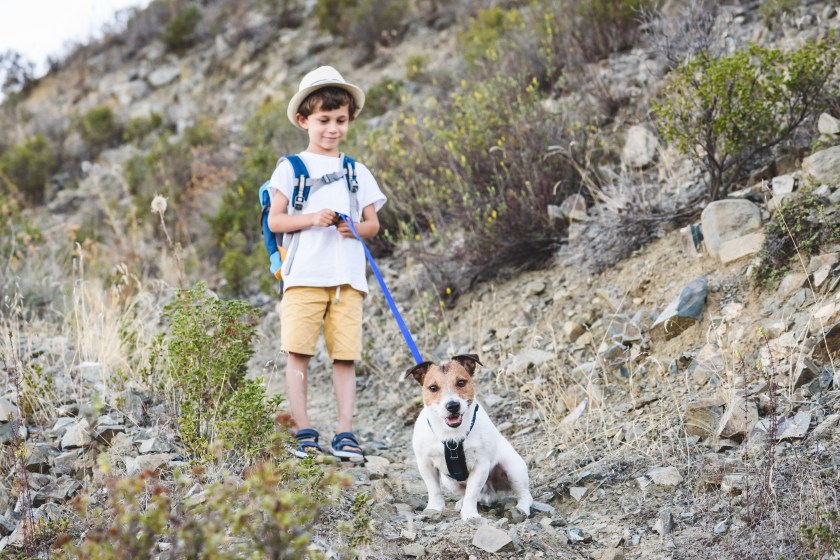
Getty Images, alexei_tm
Because most dogs will keep on trekking with their owners, you need to be on the lookout for the signs of hypoglycemia while out adventuring with your pup.
Many of the hypoglycemia symptoms your dog can have are similar to those you'd feel if you had low blood sugar. Pay attention for signs of dizziness or lack of energy in your pup, as well as a lack of appetite and vomiting. Your dog may appear disoriented and clumsy (known clinically as ataxia) and have muscle tremors. At an advanced stage, hypoglycemia can cause your dog to collapse, have seizures, or become unconscious.
Symptoms can progress rapidly or gradually, depending on the cause of hypoglycemia, so it's important to take action as soon as you notice any signs of low blood sugar in your pup.
How to Treat and Prevent Hypoglycemia in Dogs
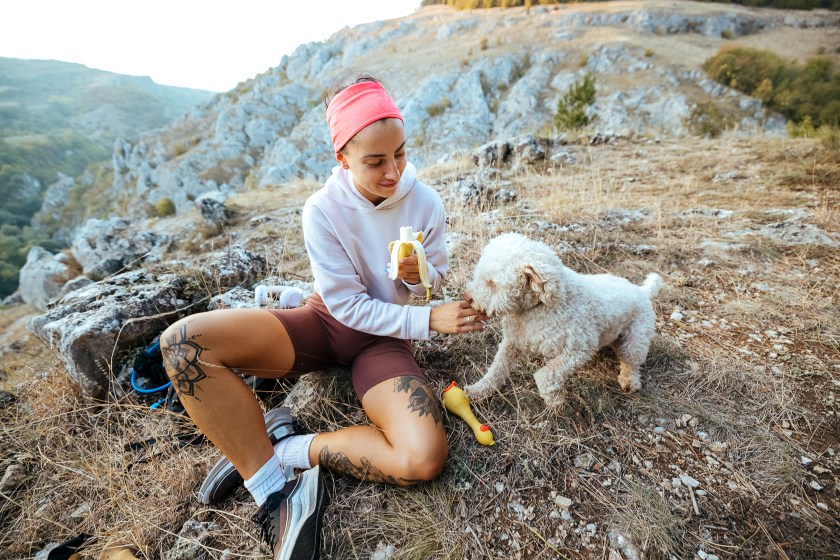
Getty Images, eclipse_images
Dr. Choczynski stresses that pet owners need to monitor their dogs closely for hypoglycemia, particularly if they are a puppy or a small breed. If your dog is new to exercise, start slowly and close to home so they can build up their endurance, and never bring a puppy on a long-distance hike or run.
If you're on an outdoor adventure, make sure to feed your dog often—Dr. Choczynskirecommends three to four times a day—so they can replenish their glucose stores. If you're out hiking with your pup, make sure you give your dog plenty of opportunities to rest and eat and be on the lookout for heatstroke, which presents similarly to hypoglycemia.
Dr. Choczynski also recommends keeping a sugary liquid on hand in case of emergencies, like corn syrup or honey. These snacks are high in glucose and can help keep your dog stable while you seek emergency care. If you notice signs of hypoglycemia in your pup and your dog is still conscious, rub the syrup or honey on their gums. The gums have an extensive network of blood vessels just under the tissue, allowing for glucose to be quickly absorbed into the bloodstream. Don't try to feed your dog the syrup or honey if they're experiencing symptoms, as they could choke on it when they swallow.
Then seek immediate veterinary care. "By the time a pet shows signs of hypoglycemia, medical intervention is warranted," Dr. Choczynski says. If you aren't sure if your dog is hypoglycemic, but notice that they are unusually lethargic or aren't able to exercise, you should also seek medical care. Your pup may have a heart murmur or arrhythmia, or be struggling with another underlying disease.
